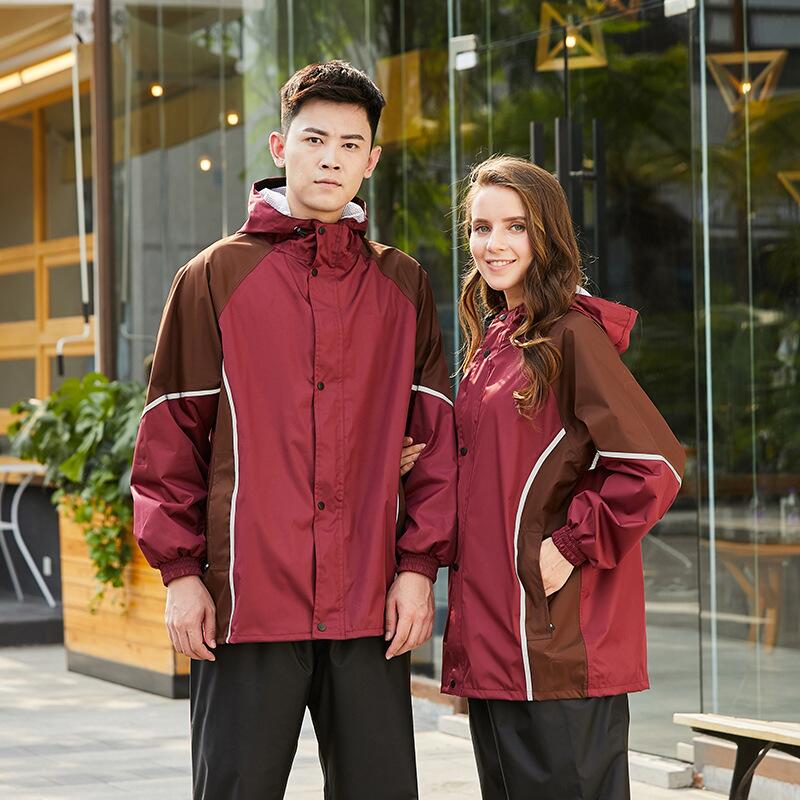 rainwears@163.com may@may-rain.com
rainwears@163.com may@may-rain.com Mon to Friday: 8.00 am - 7.00 pm
Mon to Friday: 8.00 am - 7.00 pm
Choosing the Perfect Backpack for Your Hiking Adventures
The Ultimate Guide to Choosing the Perfect Hiking Backpack
When it comes to hiking, having the right gear can make all the difference in your experience. Among the essentials, a quality hiking backpack stands out as a pivotal piece of equipment. With various options on the market, selecting the perfect backpack that fits your needs can be overwhelming. This guide aims to shed light on the key factors to consider when choosing a hiking backpack, ensuring you’re well-equipped for your next adventure.
1. Understand Your Needs
Before diving into brand names and specifications, assess your needs. Are you planning a short day hike, a weekend camping trip, or an extended outdoor excursion? For day hikes, a small daypack (15 to 30 liters) may suffice, providing enough space for water, snacks, and essentials. For overnight or multi-day hikes, consider a larger backpack (50 to 70 liters) that accommodates sleeping bags, tents, and cooking equipment. Knowing how long you’ll be out will help narrow down your options.
2. Capacity and Size
Hiking backpacks come in various sizes, typically measured in liters. A general guideline is - Day Hikes 15-30 liters - Weekend Trips 30-50 liters - Extended Journeys 50-70 liters or more
Selecting the right capacity is crucial. Overpacking can lead to discomfort, while underpacking means you might miss essential items. Keep in mind the volume of your gear and consider whether you need additional space for extra layers or emergency supplies.
3. Comfort and Fit
A well-fitted backpack can drastically improve your hiking experience. Look for adjustable straps, a hip belt, and a sternum strap, which help distribute weight evenly across your body. Many brands offer backpacks in different sizes for men and women, emphasizing the importance of finding a fit that matches your body shape. When trying on a backpack, load it with weight and walk around to test how it feels. It should fit snugly without restricting movement.
hiking backpack

4. Material and Durability
The material of your backpack affects both its weight and durability. Nylon and polyester are popular options, with varying degrees of water resistance. For extensive treks, look for a pack made from high-denier fabric for added durability and weather resistance. Additionally, check for reinforced stitching and strong zippers; these features enhance the longevity of your gear.
5. Features and Functionality
Modern hiking backpacks come loaded with features designed to enhance your outdoor experience
. Consider the following - Hydration Reservoirs Some packs come with built-in hydration systems, allowing you to sip water hands-free. - Pockets and Compartments Look for multiple compartments, including side pockets for water bottles and front pockets for easy access to snacks or maps. - Ventilation A good ventilated back panel prevents overheating and promotes airflow, making it more comfortable for long hikes. - Rain Covers Essential for unpredictable weather, a rain cover protects your gear from moisture.6. Budget Considerations
Hiking backpacks come in various price ranges, from budget-friendly options to high-end models. Determine a budget that balances quality and affordability, keeping in mind that investing in a durable backpack can pay off in comfort and longevity during your hikes.
Conclusion
Choosing the right hiking backpack is essential for a comfortable and enjoyable outdoor experience. By considering your specific needs, understanding capacity and fit, and focusing on durability and features, you can find a backpack that will serve you well on your hiking adventures. So gear up, hit the trails, and explore the great outdoors with confidence!
-
Shop Stylish Rain Trench Coat Womens – Waterproof, Lightweight & Fashionable
NewsJun.24,2025
-
Premium Roll Up Beach Mat – Portable, Comfortable & Easy to Carry Straw & Padded Options with Pillow
NewsJun.24,2025
-
Shop Mens Raincoats – Premium Long Length & Top Rated Waterproof Jackets for Men
NewsJun.10,2025
-
Premium Raincoat Material for Women's Mono Material Insulated & Lightweight Raincoats Durable, Lightweight, Fashionable
NewsJun.10,2025
-
Long Raincoat for Women Waterproof & Packable Design
NewsJun.09,2025
-
Tentbox Lite Portable Roof Tent Compact & Easy Install
NewsJun.09,2025































